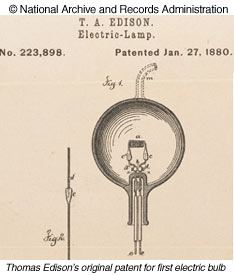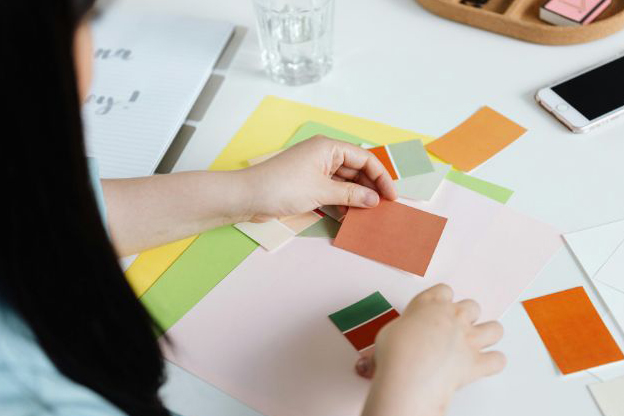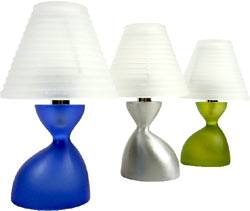
Many times good interior design counts on a certain kind of sleight-of-hand: The very best job is the one you don't notice, because it doesn't call attention to itself.
Good lighting, in a home or business, is one of those things that's invisible - if it's done well. You only notice the lighting of a room if it's too bright or too dim, not if it's just right. Our goal in offering this series of articles on Lighting is to give you some concrete advice on how to light a room so effectively that no one notices whether you're using florescent or incandescent lights, track lighting or standing lamps. They'll notice only that the room feels comfortable, and that they want to come back again.
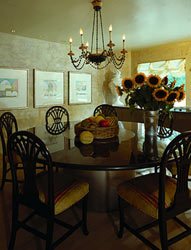
In the NYIAD Course in Interior Design, we take you through all the steps necessary for developing your eye — and your business — as a decorator. Here in our Lighting 101 series, we aim to give you a taste of the Course, even though, of course, we can't pack all the information and exercises into these short articles.
We started this series talking about terminology, and then we discussed, the function, mood, and harmony of lighting. We then gave you information about types of bulbs: incandescent, which provides a soft, flattering light, but tends to require frequent bulb replacement; fluorescent, which provides a much brighter, harsher light that's suitable for close task work, and which is less expensive, and halogen bulbs, which are smaller and best suited for track lighting.
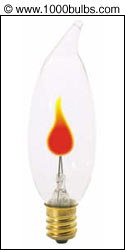
Now, let's turn our attention to the more decorative bulbs. You can find decorative bulbs in different styles and colors — there's a decorative bulb for just about any taste or look you're after.
Most often, people think of decorative bulbs as being created for chandeliers, and indeed, this was probably the function for which decorative bulbs were first developed. Originally, of course, candles were the source of light for chandeliers, and yet the advent of electricity made it possible for us to retain the elegant, romantic look of a chandelier without the risk of burning down the house or having candle wax drip on the dinner guests.
Today, you can find a variety of decorative chandelier bulbs, including flame-shaped bulbs and even flame-shaped bulbs that flicker, mimicking the dancing light of a candle flame.
NYIAD Tip
Even without a chandelier, you can make use of decorative bulbs. You can easily find, in a lighting store or hardware store, bulbs that are colored in red, blue, yellow and green. Replacing your regular bulbs with these in the lamps of the living or dining room will provide a festive flair that will set a party mood.
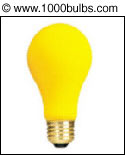
For creating a romantic mood, just replace the regular bulbs with bulbs that are softly colored a rosy-pink.
Remember, as in anything you do in decorating, make sure that the decorative bulbs you choose suit the mood and harmony of the room you're decorating.


